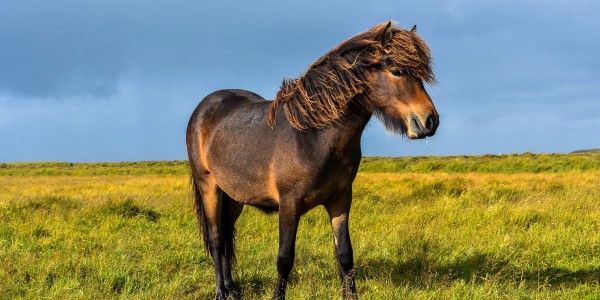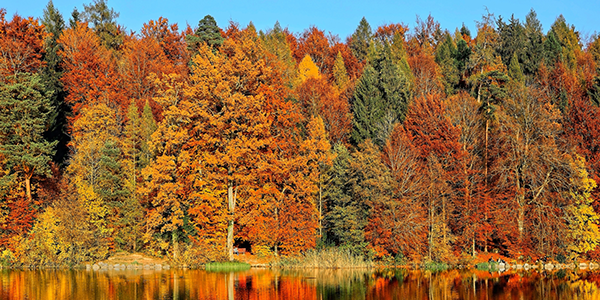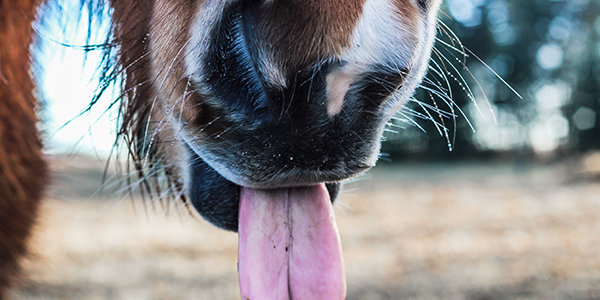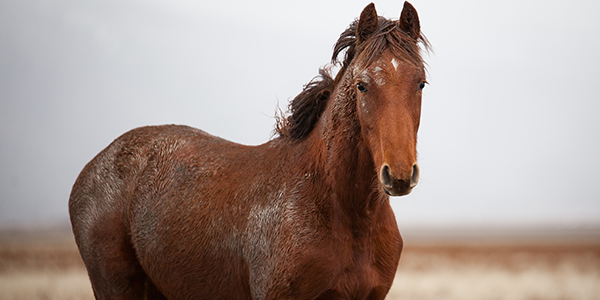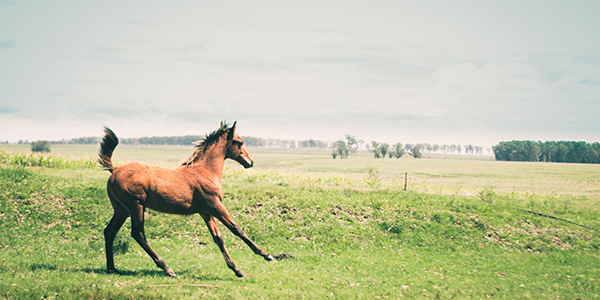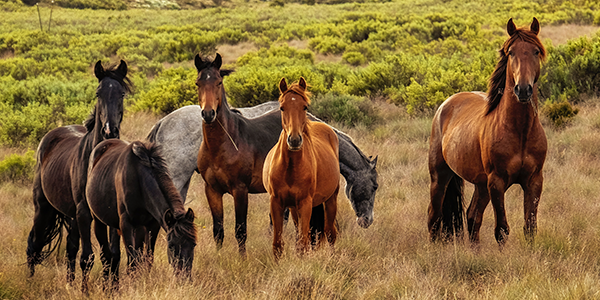Have you ever heard of measuring your horse in hands? Experts have standardized the hand, a non-SI unit of length, to precisely 4 inches. It serves as a measuring tool for determining the height of horses in various English-speaking countries. These include Australia, Canada, the Republic of Ireland, the United Kingdom, and the United States. Originally, this unit was based on the width of an average human hand. In 1959, with the acceptance of the international inch, a standardized imperial form was established, enabling easy metric conversions. Horse owners abbreviate the hand measurement as “h” or “hh”. Continue reading for more info Also, if you are looking for a horse property for sale in Colorado, contact Colorado Horse Property today and speak with one of our horse-person realtors.
Tips On Measuring Your Horse in Hands
Currently, the hand serves as a measuring unit for determining the height of horses, ponies, and other equines. Citizens of countries that utilize the metric system, like Australia, the US, and New Zealand use this measurement. However, in continental Europe and in international competitions, metric units like meters or centimeters are the norm for measuring horses. In specific regions like South Africa, measurements are sometimes provided in both hands and centimeters. Also, in Australia, equestrian regulations mandate the provision of both measurements. However, handlers use inches for smaller equines like miniature horses.
When measuring your horse in hands, the process involves determining the distance from the ground to the highest non-variable point of its skeleton, known as the withers. For official measurements, the spinous process of the fifth thoracic vertebra is found through palpation and marked if required. Some varieties of Miniature horses have their height measured at the base of the last true hairs of the mane. Some experts even measure them without shoes. The Joint Measurement Board in the UK oversees the measurement of horses. They mandate the removal of shoes and proper hoof preparation before measurement.


